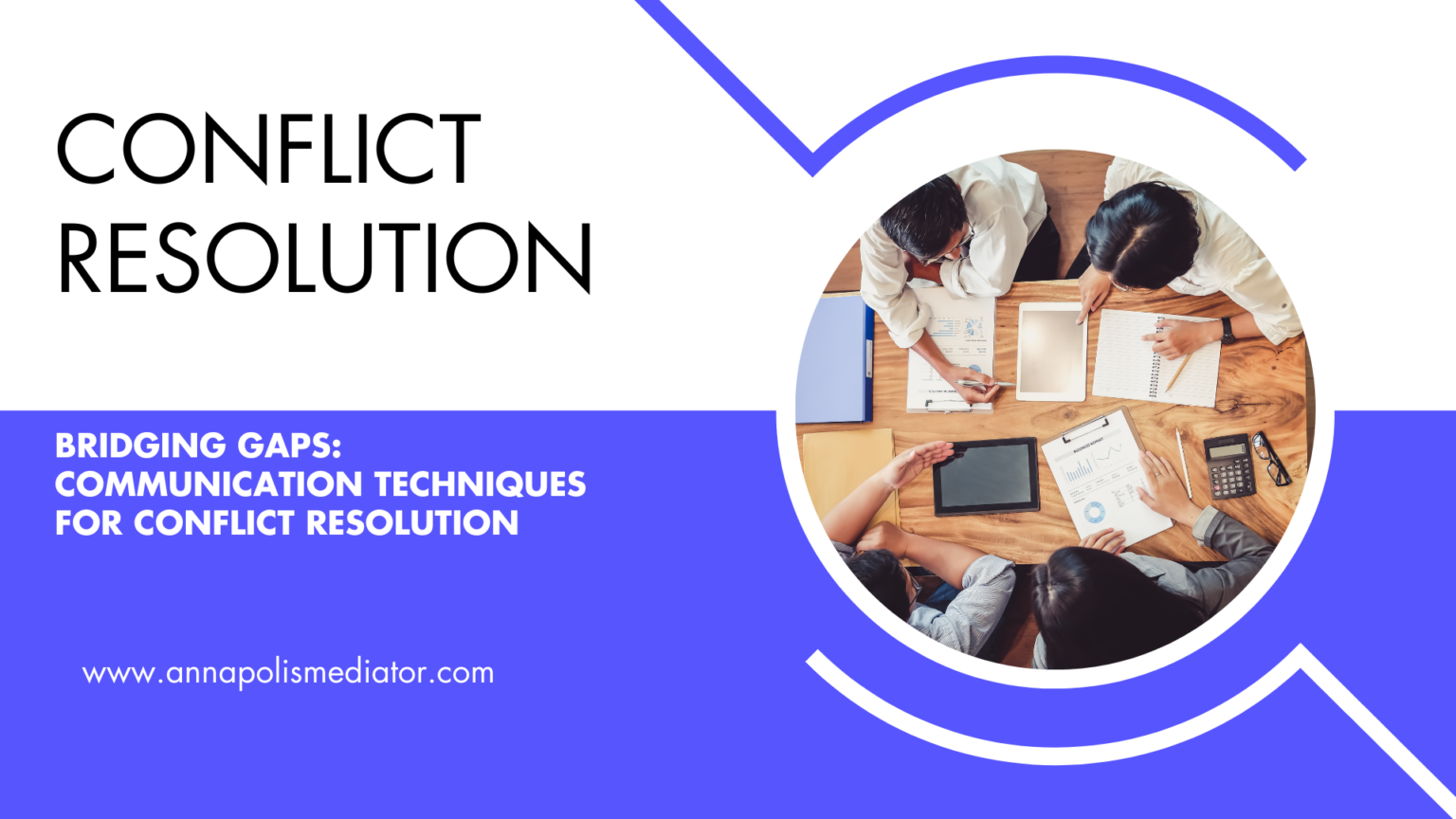Bridging Gaps: Communication Techniques for Conflict Resolution
Conflict is a natural part of human interaction, arising from differences in opinions, needs, or perspectives. However, unresolved conflict can create divisions and harm relationships. Effective communication plays a crucial role in resolving disputes and building understanding. By adopting practical techniques, individuals can transform conflicts into opportunities for growth and connection.
The Importance of Communication in Conflict Resolution
Communication serves as the foundation of any healthy relationship, whether personal or professional. When conflicts arise, poor communication often exacerbates misunderstandings and tensions. On the other hand, clear and empathetic communication can:
- Foster Understanding: Help individuals see the issue from different perspectives.
- Build Trust: Show sincerity and commitment to resolving the conflict.
- Encourage Collaboration: Create a space where both parties work towards a common solution.
Key Communication Techniques for Resolving Conflicts
1. Active Listening
Active listening is an essential skill for resolving conflicts. It involves focusing entirely on the speaker, understanding their message, and responding thoughtfully. To practice active listening:
- Give Full Attention: Eliminate distractions and show interest through body language.
- Reflect and Clarify: Paraphrase what the other person has said to ensure mutual understanding.
- Validate Emotions: Acknowledge the other person’s feelings to show empathy.
For instance, in a workplace dispute, active listening can help uncover the root cause of misunderstandings and foster constructive dialogue.
2. Use “I” Statements
“I” statements are a non-confrontational way to express feelings and needs. Instead of assigning blame, they focus on personal experiences. For example:
- Instead of saying, “You’re always ignoring me,” say, “I feel unheard when my concerns are not addressed.”
This approach reduces defensiveness and promotes constructive communication.
3. Maintain a Calm and Respectful Tone
Conflicts often escalate when emotions run high. To keep discussions productive:
- Take Breaks: Pause the conversation if emotions become overwhelming.
- Use Neutral Language: Avoid accusatory or inflammatory words.
- Practice Deep Breathing: Stay grounded and focused on resolution.
A calm and respectful tone helps create a safe space for open dialogue.
4. Ask Open-Ended Questions
Open-ended questions encourage deeper conversations and provide insights into the other person’s perspective. Examples include:
- “What do you think led to this situation?”
- “How do you feel we can resolve this issue together?”
These questions foster understanding and collaboration, paving the way for solutions.
5. Focus on the Issue, Not the Person
Avoid personal attacks or criticism during discussions. Instead, concentrate on the specific issue at hand. For example:
- Instead of saying, “You’re so irresponsible,” say, “The missed deadline has caused delays in the project.”
This approach keeps the conversation solution-oriented and prevents unnecessary conflict.
6. Seek Common Ground
Finding shared goals or values can help bridge divides. Highlight areas where both parties agree and build upon them. For example:
- “We both want this project to succeed. Let’s work together to ensure that happens.”
Identifying common ground fosters a collaborative mindset and strengthens relationships.
7. Set Clear Boundaries
Clear boundaries prevent future conflicts and create a framework for healthy interactions. Effective boundaries are:
- Specific: Clearly define acceptable behaviors and expectations.
- Mutually Agreed Upon: Ensure both parties understand and respect the boundaries.
- Consistent: Follow through with established guidelines.
For example, setting boundaries around respectful communication during disagreements can improve future interactions.
8. Practice Empathy
Empathy involves understanding and sharing the feelings of others. To practice empathy:
- Listen Without Judgment: Focus on the other person’s experiences without forming immediate opinions.
- Acknowledge Their Pain: Validate their emotions and show understanding.
- Respond with Compassion: Offer support and reassurance.
Empathy builds trust and creates an environment conducive to resolution.
Overcoming Communication Barriers
Even with effective techniques, certain barriers can hinder communication during conflicts. These include:
- Cultural Differences: Be mindful of diverse communication styles and adapt accordingly.
- Emotional Triggers: Recognize personal triggers and manage them to avoid escalation.
- Misinterpretations: Clarify intentions and avoid assumptions to prevent misunderstandings.
Addressing these barriers requires patience, self-awareness, and a willingness to adapt.
The Benefits of Effective Conflict Resolution
Resolving conflicts through effective communication offers numerous benefits:
- Stronger Relationships: Open dialogue strengthens trust and connection.
- Improved Collaboration: Teams work more effectively when disputes are resolved constructively.
- Personal Growth: Navigating conflicts enhances emotional intelligence and interpersonal skills.
Susan Sanders: Your Partner in Conflict Resolution
If conflicts feel overwhelming, Susan Sanders is here to help. As an experienced mediator and conflict resolution expert, Susan provides personalized strategies to bridge communication gaps and foster understanding.
With Susan’s guidance, you can transform disputes into opportunities for growth and build stronger, more harmonious relationships. Don’t let unresolved conflicts hold you back. Contact Susan Sanders today to discover the power of constructive dialogue and effective conflict resolution.


